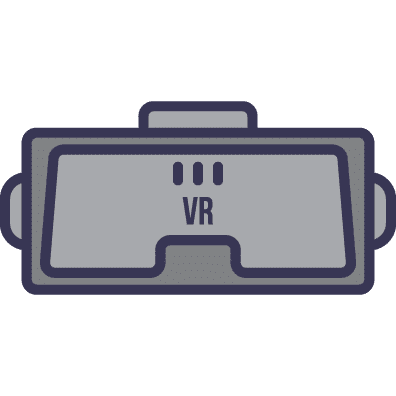A vital part of local SEO marketing is social media. The Internet is extremely interactive and social media makes it even more so. For a while, these sites were considered the domain of individuals who spent too much time online. However, it has now become essential for companies to become more social.
THE BENEFITS OF SOCIAL MEDIA
There are multiple benefits to being active on social media. Sites like Google+, Facebook and LinkedIn have rapidly become essential for businesses, particularly local ones. It can be difficult to get people’s attention when there is so much competition, but using social media is a great way to make an impression.
- Increase the number of people that see your content
- Boost your reputation as an expert in your field, or the go-to business for your industry
- Move your business up in the search rankings
- Get others to spread your content around the Internet for you
- Gain insight into your market
- Build natural, high quality links
- Search engines rely on social media information
In addition to all of the SEO benefits, social media can be extremely useful for building a reputation for your company. Interacting with your followers may not always result in backlinks and a higher search engine ranking, but it is worth doing just to gain trust from your followers.
MAXIMIZE YOUR REACH
Just posting from time to time on Facebook or Twitter won’t give you much advantage over your competition. You need to interact and engage other users in order to get more followers. With more followers on your account, you can expect your links to spread far and wide. Google tends to rank sites higher if they have social media users vouching for them through retweets and shares. This is a painless way to spread the word about your company, though it does require a little effort to get things set up. To maximize your reach within social media you need to: Be consistent. It can help if you have a specific purpose in mind. What do you want to get out of social media? Are you trying to build up your numbers? Get people to sign up for something or purchase something? Having a clear goal in mind can help you stay consistent to your brand. Post on a regular basis. There are thousands of social media accounts that are abandoned. You don’t want to be confused with these people. It’s easy for your followers to unfollow your account if you aren’t regular. Try to post at least once a day or every other day. Depending on the site, more often may be appropriate. Interact with others. Make a point of searching for topics related to your industry and then commenting or otherwise interacting with other social media users. Public messages can be useful, since they indicate to everyone that you are active. Engage your followers. There are a few ways you can really get your social media followers to interact on your account. The more activity there is, the less you need to do in order to spread the word about your business. Everyone else will do that for you.
- Hold contests
- Ask questions
- Add social media buttons on your website
- Post images or videos
- Keep your information short and easy to read
- Respond to comments and messages
- Share testimonials
- Spread tips and useful information
Spread the love. If you want people to share your links, it’s only fair that you share, too. Whenever you find an interesting piece of information, photo or video that your followers or fans would enjoy, make a point of sharing it with them. Mention or tag the original poster if they are on social media. This can actually gain you some interesting contacts and may result in some reciprocal sharing. While you may be using a social media account for your business, it’s important to make it as human as possible. Customers appreciate knowing that there are people behind the corporate identity.
MAKING USE OF THE TOP SOCIAL MEDIA SITES
With hundreds of social media sites available, it can be difficult to decide which one to use. Each site has its own pros and cons, but it’s usually a good idea to establish a presence on just one or two sites before you begin to expand. While a professional social media marketer can handle multiple accounts, it can be too much to deal with when you are trying to run your business as well.
GOOGLE+
This is one of the most valuable social media sites out there when it comes to local search engine optimization. If you can only use one social media network, then begin on Google+. I know that sounds crazy, because really none of your friends are using it, but trust us. Google does. The first thing you should do is create a Google Places page. This is a local business page where you can add your NAP and any other information. Since Google places a lot of importance on the information you put on your Google+ account, this can be a very good way to ensure that your information is ready to be added to Google’s search results. It can even increase your chances of getting into the local pack or carousel. As with all social sites, make sure you fill out as much information as possible. Complete every section of the business page to ensure that Google has all the necessary facts about your company. This will also help when people click through to your page. Include your local keywords throughout the title and description, without keyword stuffing, to give Google a better idea of what you do. You’ll be given the option to verify your email and website. This helps increase your authority and will help people trust your company more. Once you are verified, everyone knows that you are the real deal. Just getting your business set up on Google+ is a great start, but you can take this much further. Posting regularly, setting up circles and commenting on other people’s content can increase your visibility. When others begin to share your posts and links, you automatically gain more authority. Interaction is key on all social media networks, including Google+. Remember that Google often uses your status updates on Google+ and showcases the recent ones in the Local Knowledge Panel. Make every one of those updates count by thinking carefully about what you want to say and using at least one keyword.
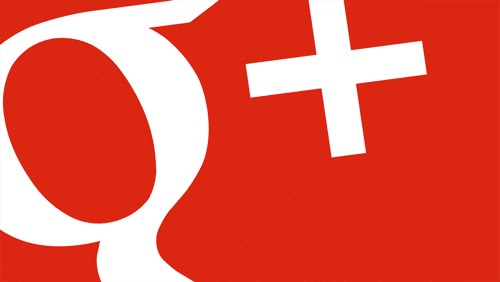
While Facebook may not be as effective for reaching people as it once was, the social site is still a popular one for businesses. Ignoring Facebook would be a mistake. The site provides nearly a quarter of the traffic that websites receive, so it would be silly not to take advantage of this. Add your physical location to your Facebook page so people can check in when they are there. This increases visibility and local SEO, confirming your NAP once again to Google. The search engines also pick up business pages and occasionally information from those pages, so be sure to fill out all the sections, including your description. When posting to Facebook, try to add at least one post a day, if not several. The site doesn’t show all of your followers every post, so you will notice that only a percentage of your followers actually get any given post. There is an option to “Boost” your updates for a fee, but this is rarely worth the money. Focus instead on providing high quality content that people will want to share. The more interaction you have on each post, the more people will see it. Facebook also offers the opportunity to place highly targeted ads on their site. You can narrow the target audience down to the neighborhood they live in, as well as interests. This feature may be useful for local businesses, though it has little to do with SEO. Since you can narrow your target market down so well, your ads will only appear to those in your specific area. It’s also worth noting that your Facebook ad does not necessarily have to point to your Facebook page. It can have a link to your website instead, if you prefer. You can increase your traffic without paying too much money, as Facebook allows you to set a daily limit and a pre-determined finish date.
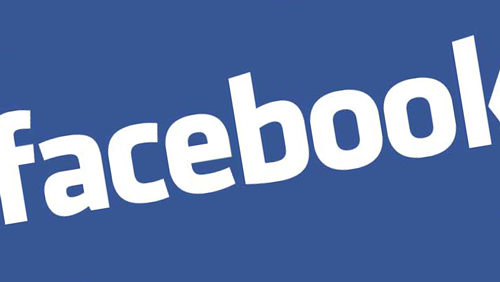
Twitter is still a highly useful social site, with its micro posts and easy format. Anyone can use the site and it has plenty of options when it comes to interacting with others and sharing links. In addition, it appears that Google uses Twitter as part of the algorithm for determining search results. Being active on the site could improve your ranking. Use your geotags in your Twitter description and be sure to add your NAP. The more this is used across the Internet, the better your results will be. Don’t keyword stuff, though, since this will simply get you penalized. There is a bit of a learning curve on Twitter, but once you understand the site, it’s simple to stay up-to-date on the latest news in your industry. Make sure you provide plenty of interesting links and content that people can retweet or reply to. It’s best to vary the types of tweets you send out. They should include:

- Links to interesting or useful pages
- Photos relevant to your niche
- Retweets of interesting or helpful information
- Mentions or thanks to other Twitter users
- Product or sale announcements
By providing a range of interesting content, you will increase the number of retweets that you receive. This, in turn, will increase the number of followers you have. It’s not unusual for tweets to appear in Google’s search results, so it is well worth using the website. Even if your tweets aren’t picked up, any retweets may be. Avoid being too promotional, though. Most people prefer companies that are interesting, rather than only on social media to advertise. New content that is repeatedly tweeted by multiple accounts is also indexed up to twice as fast as usual. If you want your content to be indexed quickly, then you might want to try tweeting the link.
For those with mobile phones, Instagram is a very popular social media site. Many businesses don’t think to use it, since the site is mainly based on images taken with mobile phones, but it can actually be a great addition to your local SEO strategy. With over 200 million users, Instagram should not be ignored. The users on the site are also extremely active and tend to engage more than they do on Google+, Twitter and Facebook combined. Since many of the comments and likes are cross-posted to other social media sites, businesses can easily post a picture that will be seen across numerous networks. Since the site is so visual, it is usually best for companies that have products that can be photographed. Restaurants, clothing stores and similar businesses all do very well on Instagram. Interaction is key, as are hashtags. You will need to become an active user on the site if you want other people to interact with your images. What kind of pictures should you post?
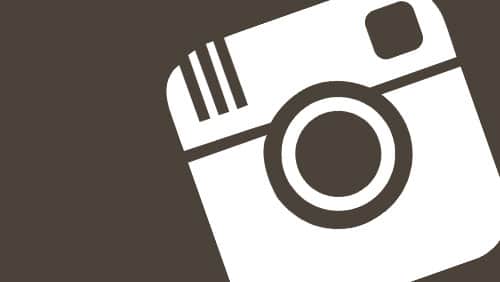
- Fun shots of products
- Local events your business attended
- Employees
- Behind the scenes in your company
- Happy customers
Hashtags are another essential part of Instagram. Using hashtags is a way of linking to similar images and can be used to track trending topics. Hashtags can be used to draw attention to keywords, so local businesses may find it useful to add localize tags to the photos.
YOUTUBE
Though YouTube is a video site, it is also a social site. Google treats YouTube very well and it is not unusual to find videos from the site on the first page of results. Even if you aren’t looking for a video, the results often return one or two. Videos are simple enough to make, depending on the type. You don’t need a full production studio to create a value packed video. Even scrolling text can be used if it provides enough value. A Powerpoint presentation can be used as a video or you can simply talk into the camera. Whichever method you choose, uploading the video to your own business YouTube account gives you a chance to get ranked on Google. You can include your URL in the video description, but far more valuable is the amount of words you can fit in a description. Don’t pack the description with keywords, but do use some sprinkled throughout. The video description can be fairly long and it’s worth using it. Remember that Google can’t track content within a video, so it relies on the description for ranking purposes. You will find that most videos have minimal information. Offering a video that will actually help your customers is the best option. A useful video will be more likely to be shared. If someone comments on the video, their comment is usually connected to Facebook, as are likes. All this cross-posting means you get extra exposure simply by adding a short, helpful video. You can also share it yourself across your various social networks.
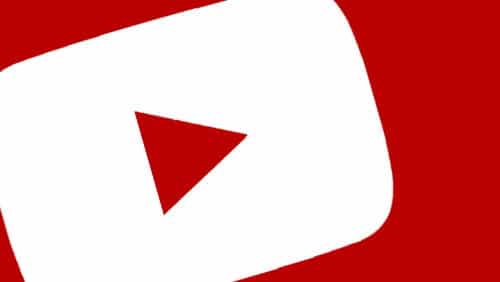
For businesses, setting up a LinkedIn page is a must. This site requires less interaction than other social sites, though you can certainly be more active. The important thing here is to fill out your profile completely. You need to ensure that all the information is correct. Once you have a profile set up, you can join groups. Do a search for your industry in the search bar at the top of the page and click “Join” on any groups that you want to sign up for. Most will let you in immediately, while others may require manual approval. In a group, you can interact with other group members and ask questions. This is most useful for building up your authority and expert status online. Be careful not to create any spam or link to your website, though. You can lose your spot in the group for spamming. While LinkedIn may not require as much input as other social media networks, you should still stay on top of things. Connect with people you know and make sure your employees are aware that they can add the company to their profiles. This will give you more citations.
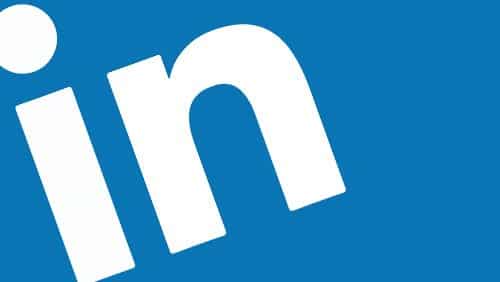
FOURSQUARE
When it comes to local businesses, Foursquare is extremely useful. The site lets registered users “check in” when they enter a business. If your business is set up with Foursquare, you can offer deals or special discounts to anyone who checks in. It’s also easy to see who is a regular, by how often they check in at your store location. You can reward these regulars with special offer, as well. The main advantage of Foursquare is that it promotes customer loyalty. The various offers that people receive for checking in at a specific business keep them coming back. The regulars specials are even more incentive for people to stay loyal. Setting up your Foursquare account is fairly simple. If it has already been set up as a location, you can simply claim it and ensure that the NAP is correct. You can include a few keywords in your profile, though it’s never a good idea to overdo it. Every time someone checks in to your location, the info will be posted on their social networks. This can give you a boost in ranking, as well as increase your visibility on Twitter and Facebook.
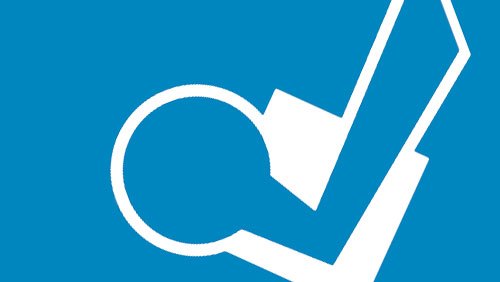
Once a haven for craft enthusiasts and moms looking for the perfect rainy day activity, Pinterest has grown and transformed. It probably won’t be your first choice for social media (Google+ should come first), but it is very helpful for any company with visually stimulating products. Local search engine optimization can work very well on Pinterest. The site allows companies to set up accounts and you can create your own boards, which may include a map. Since Pinterest is such a visual site, the images frequently show up on Google images and other image searches. Take advantage of this by including eye-catching graphics. You can increase your shares, as well as your SEO by:
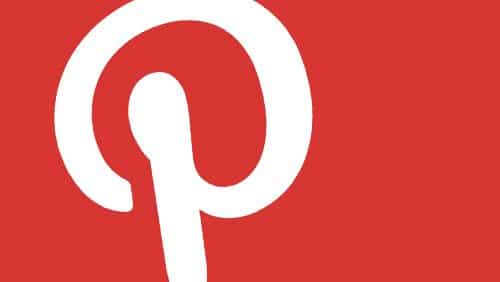
- Writing a proper description. Some people just toss a hashtag or a couple of words into the description field, but most won’t change the description at all. Writing a locally optimized description of the photo and site content can help you improve your SEO.
- Using a large photo. When someone clicks on an image in Pinterest, it opens in a popup window which shows the image in a larger size . . . if it has the right resolution. Make sure your pictures are at least 500 pixels across.
- Pin other people’s stuff. Make sure you pin plenty of articles or useful information that relates to your niche from other people. Nothing looks more suspicious than a social media account that has nothing but self-published, promotional information.
One way to give people a reason to pin your content is to create an informative or list article and create an image with the title on it. You’ll see plenty of these if you spend a little time browsing the site. An enticing image is more likely to get clicked on and pinned. Companies can set up a board just for their products, though it is also important to pin other things. You cannot use the site just for self-promotion without repercussions, but if you create a good mix of other people’s content and your own, it can be a very helpful site for businesses.













